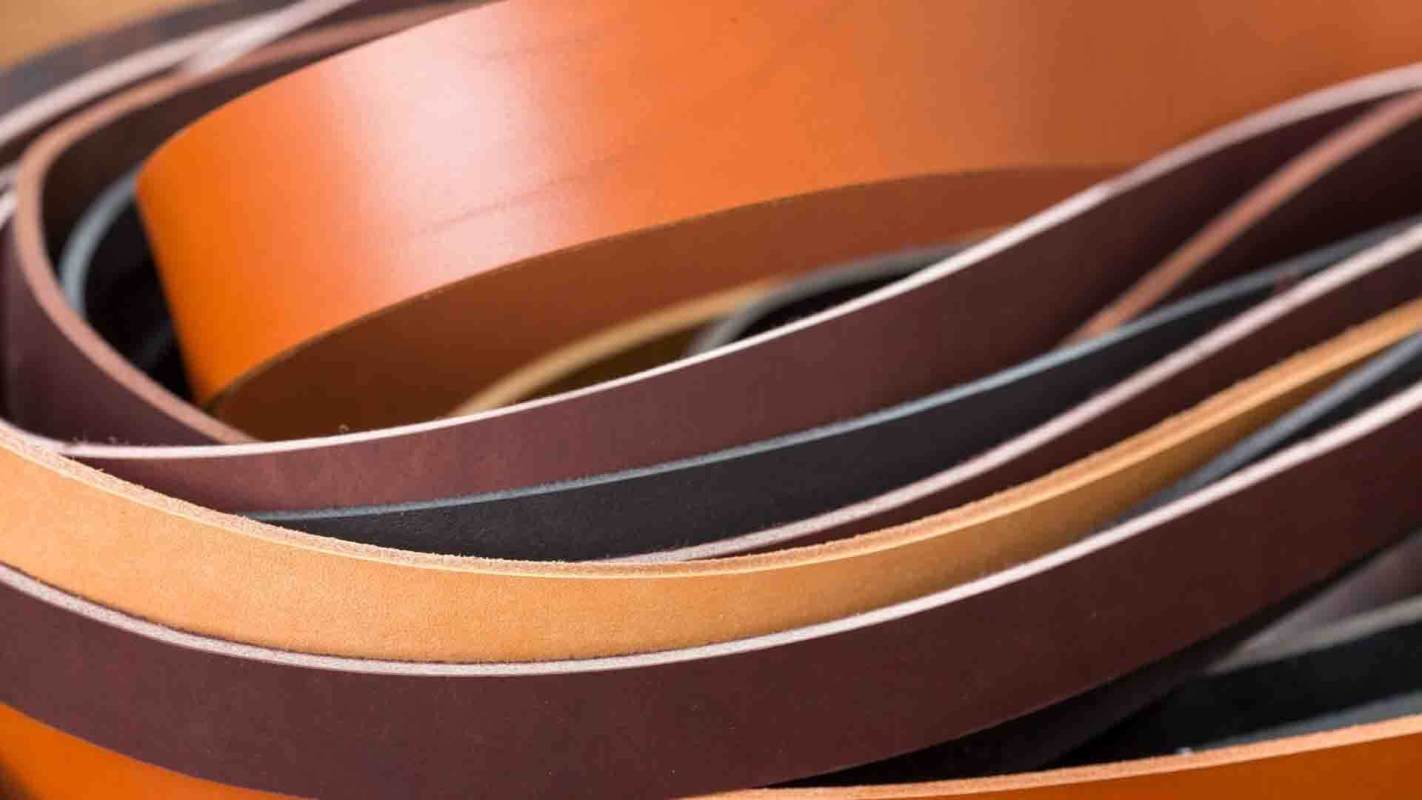Leather's impact on animal rights and the environment are well known, but what if it could be vegan? More and more fashion designers are using plant-based materials, like mushrooms, to make their garments more sustainable.
What is vegan leather?
Vegan leather is a type of fabric that looks and feels like real leather, but is made with plant-based or manmade materials instead of animal products.
However, the term "vegan" can be misleading. Some artificial leathers contain plastic, which would make them similarly destructive to the environment.
Why is vegan leather important?
Traditional leather is inevitably tied to the meat industry, which is mired both with ethical concerns about animal cruelty and sustainability challenges.
Livestock farming alone is responsible for around 14.5% of global air-polluting gases, making the industry one of the worst offenders for harmful pollutants.
The main gas produced by farming cattle is methane, which has more than 80 times the warming power of carbon for the first 20 years that it is in the atmosphere.
Farming livestock is also the main driver of deforestation. One study found that 90% of land clearing in tropical forests happens to land set aside for agriculture.
The chemicals used for tanning leather tend to be toxic, too. If they find their way into the water supply, then they can cause an excessive growth of nutrients, reducing the amount of oxygen in the water. This then suffocates aquatic animals in the area.
"Leather is extraordinarily harmful to the planet," Stella McCartney commented to Hunger. "The chemicals that are used to tan the leather is not biodegradable; it's very harmful for the water [and] it contaminates the local communities that are in contact with that. It's just a very destructive industry."
How vegan leather helps the fashion industry to become sustainable
For the fashion industry, which produces 10% of the world's air-polluting carbon gases, vegan leather offers one way that brands can reduce their environmental impact.
Zara, H&M and Nike have all used Piñatex in their products, a type of plant-based leather made with pineapple leaf. Stella McCartney launched the first clothing line made out of Mylo™️, a mushroom leather, last year.
Other materials used to imitate leather include cork, apple pulp, and coconuts.
In 2015, the Pulse of the Fashion Industry report estimated that synthetic leather's environmental impact is a third of that of real leather, accounting for water scarcity, deforestation, global warming, and water pollution.
Is vegan leather more sustainable than real leather?
Vegan leather may sound more sustainable, but many leather alternatives are actually made with plastic, most often from the plastic polymers polyurethane (PU) and polyvinyl chloride (PVC).
Clothes made out of plastic can take decades to decompose if they do at all. PVC does not readily decompose unless extreme heat is applied. If a vegan leather jacket turns out to be made of one of these plastics, it could end up sitting in a landfill for hundreds of years.
Even Piñatex is coated with a petroleum-based resin, meaning it is not 100% biodegradable (although the plant-based pineapple component will break down in industry conditions).
This is why Portugal has banned the term "vegan leather." Although some fashion brands are genuinely moving towards natural leather alternatives, the abundance of pleather could still mislead customers.
Want more? Follow The Cool Down on Instagram and join our Weekly Newsletter for cool stories and easy tips that save you money, time, and our planet.








